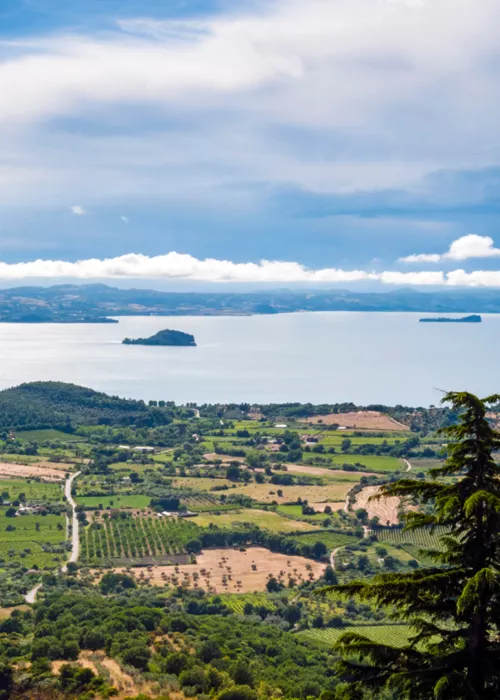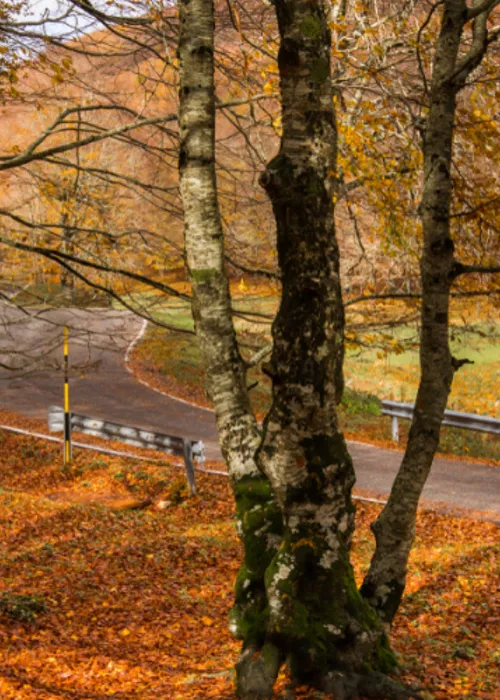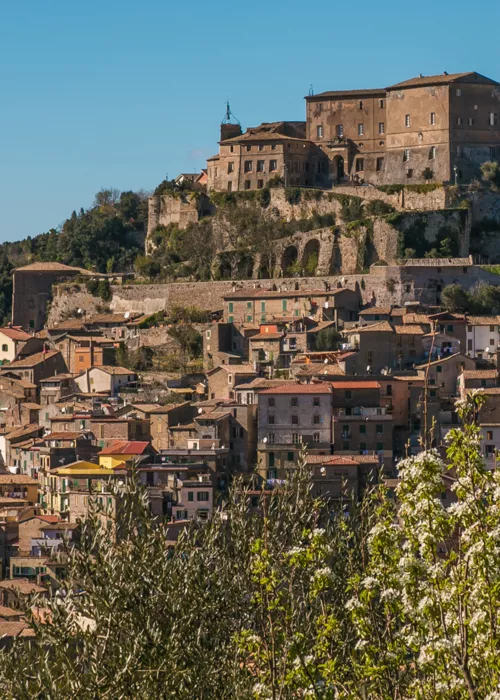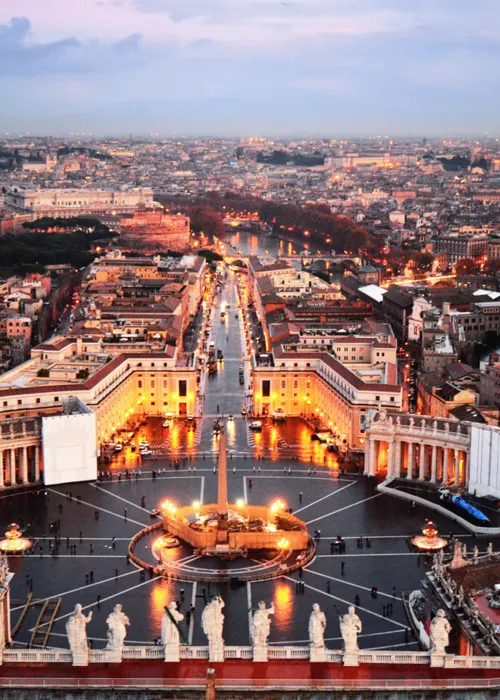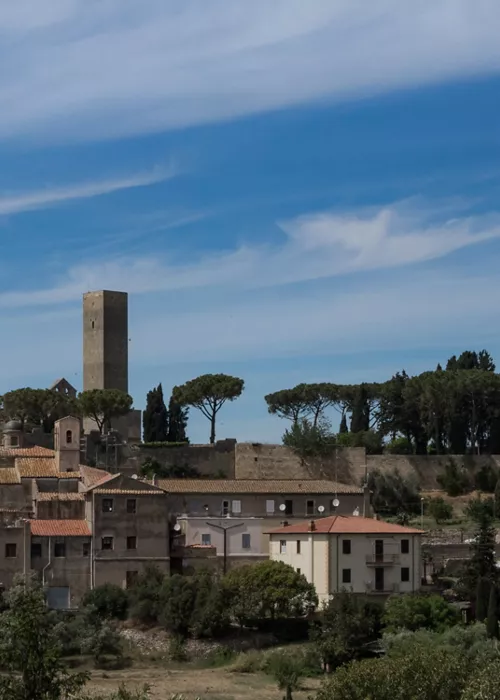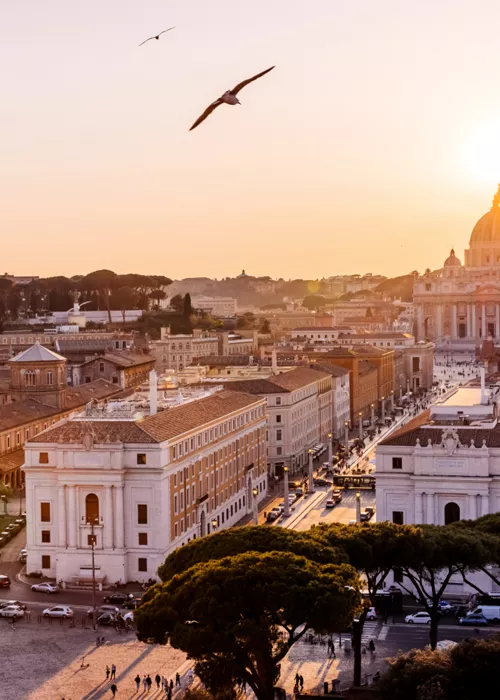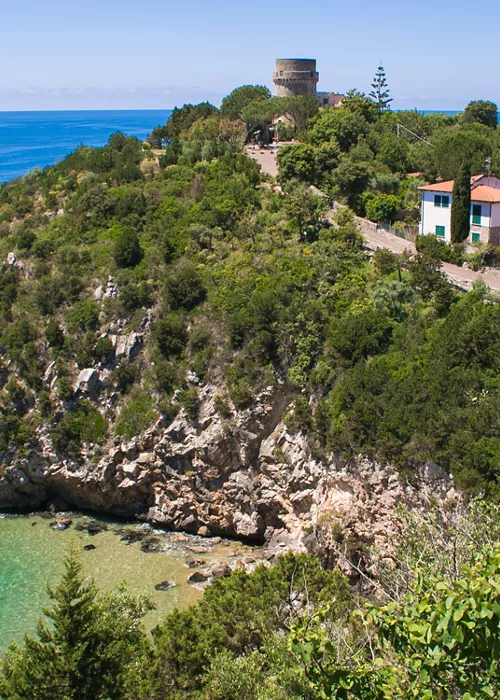Santa Maria in Trastevere

Your itinerary starts from the wonderful Basilica of Santa Maria in Trastevere with its golden mosaics: let yourself be enchanted by its special magical aura. The ceiling, although of relatively recent design (17th century) compared to the rest of the church, will immediately impress you with its richness and opulence. Don't miss the frescoes on the façade and apse, dating back to the 12th and 13th centuries. Once outside, take a moment to sit on the steps of the oldest fountain in Rome, built by Donato Bramante, in the square in front, before heading to the Basilica of Santa Cecilia in Trastevere, dedicated to the protector of musicians, martyred under Marcus Aurelius: here, you can also admire the remains of a splendid fresco of the Last Judgement.
Take the time to admire the streets of Trastevere, a district of popular and working-class origins that today, among lush gardens and beautiful villas, reveals its bohemian atmosphere, with its famous markets of Porta Portese and Piazza San Cosimato and a lively nightlife.
Ponte Sisto bridge

Ponte Sisto bridge, with the dome of St. Peter's dominating the background, offers a postcard-like setting. The bridge was built at the behest of Pope Sixtus IV della Rovere, from whom it takes its name, on the occasion of the Jubilee of 1475. The aim was to facilitate the transit of pilgrims to the Vatican from the rest of the city. Rebuilt by the Pope, it stands on the previous ruins of the very ancient "Ponte Rotto" bridge severely damaged by the flooding of the Tiber in 792. In memory of this, Sixtus IV had a plaque affixed to the new bridge, the Latin inscription of which you can read at the head of the bridge towards Campo de' Fiori:
"XYSTUS IIII PONT MAX AD UTILITATEM PRO PEREGRINAEQUE MULTI TUDINIS AD IUBILEUM VENTURAE PONTEM HUNC QUOD MERITO RUPTUM VOCABANT A FUN DAMENTIS MAGNA CURA ET IMPENSA RESTI TUIT XYSTUMQUE SUO DE NOMINE APPELLARI VOLUIT".
"Sixtus IIII Pontifex Maximus for the benefit and in particular of the multitude of pilgrims coming to the jubilee rebuilt from the foundations and with great care and expense this bridge that they rightly called "broken" and wanted it to be named Sixtus after him".
Crossing the Tiber on these stones, emulating the ancient pilgrims on their way to the Jubilee, evokes strong spiritual emotions. Continuing straight ahead, after passing Piazza della Trinità dei Pellegrini ("Trinity of the Pilgrims Square") with its church of the same name, cross one of the most characteristic streets in Rome: Via dei Giubbonari. The ancient residence of the artisans of the "gipponi", weavers of bodices, hence the name, the street connects Campo de' Fiori with Piazza Benedetto Cairoli square. On your right is Palazzo Barberini ai Giubbonari, named to distinguish it from the Palazzo Barberini later built in Via delle Quattro Fontane ("Street of the Four Fountains"). A religious itinerary is also worth a gourmet stopover: Via dei Giubbonari is full of bakeries and shops with typical products of Roman cuisine.
Sacred Area of Largo Argentina

Your itinerary continues to one of the most archaeologically important areas of Rome and the world: the Sacred Area of Largo di Torre Argentina. Today a busy area of the city, it was once the scene of one of the most well-known and popular events in history. On the Ides of March in 44 B.C., in fact, the deadly ambush on Julius Caesar took place right here, as confirmed by the discovery, in the archaeological area, of the concrete wall that, according to scholars, contained the emperor's throne. This is not the only reason of interest of the archaeological site: that of Largo Torre Argentina is, in fact, the largest complex of the Republican age that has come to light to date and includes the foundations of 4 different temples.
After a thorough and not-to-be-missed visit to the site, resume your journey by walking down another of the capital's most characteristic streets: the ancient Via dei Cestari, a historic papal road leading to Piazza della Minerva square. Don't miss the church dedicated to the Sacre Stimmate di S. Francesco, ("Church of the Holy Stigmata of St. Francis") located right on the corner of Largo di Torre Argentina and Via dei Cestari.
Saint Mary of Minerva

Continue along Via dei Cestari to its beginning: Piazza della Minerva, in the Pigna district, famous for guarding one of the most beautiful and enchanting treasures of Rome: the Pantheon. The elegant Piazza della Minerva square offers an unmissable glimpse of the temple so dear to the writer Stendhal, who was a guest from 1814 to 1816 in the seventeenth-century Fonseca Palace, to the right of the Basilica of Saint Mary of Minerva. The church is the final destination of your Saint Mary of Minerva Jubilee itinerary. It used to have an ancient Gothic structure, a rare case in the heart of what is considered Baroque Rome, but over the years, the building has been extensively remodelled and modified, preserving only at times its original appearance. You will be impressed above all by its interiors, including the splendid cycle of frescoes by Filippino Lippi, in the Carafa chapel. On the façade of the church, on the other hand, a curiosity will not escape you: the plaques, numerous also elsewhere in this district of the Capital, which commemorate the levels reached by the repeated floods of the Tiber from 1422 to 1870.
At the centre of Piazza della Minerva is the Pulcino della Minerva monument: a small marble elephant, designed by Bernini and sculpted by Ferrata in 1667, which holds an Egyptian obelisk dating from the 6th century BC.







